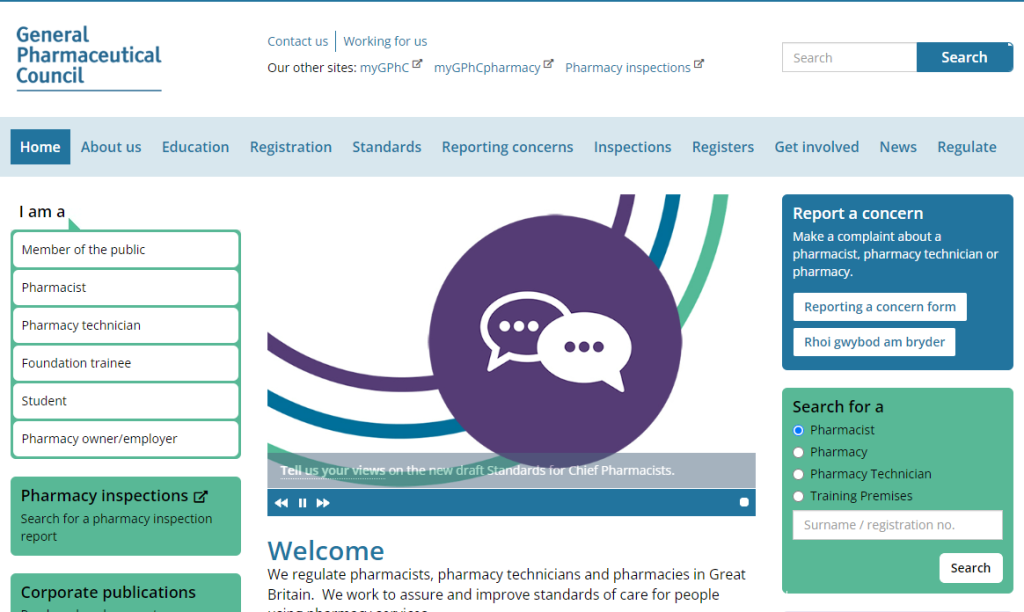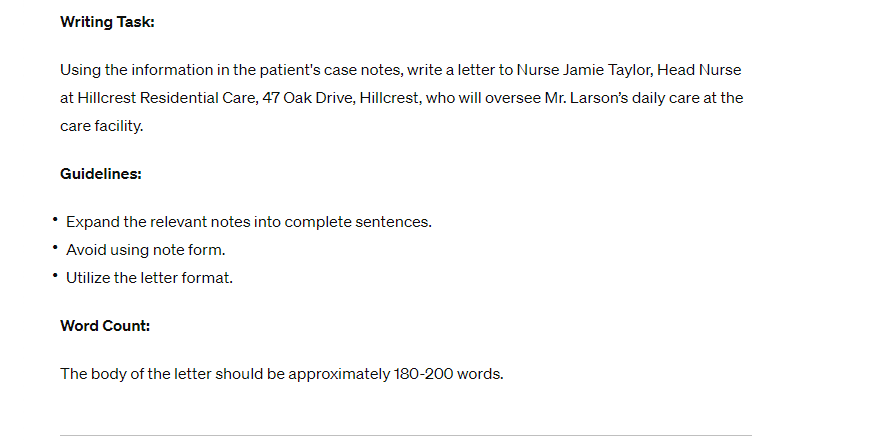The Occupational English Test, commonly known as the OET, is a high-quality international English language test designed specifically for healthcare professionals. A crucial component of this test is the Listening sub-test, created to evaluate a candidate’s ability to comprehend spoken English in a medical context. This article delves into the structure, preparation tips, and strategies to excel in the OET Listening sub-test.
Understanding the OET Listening Sub-Test
The Listening sub-test of the OET is designed to assess a candidate’s ability to understand spoken English in a range of healthcare contexts. The test simulates real-world situations that healthcare professionals might encounter in their workplace, such as medical consultations or team meetings, hence allowing the candidate to demonstrate their skills in understanding speech in different accents and varying rates of delivery.
The OET Listening sub-test lasts approximately 50 minutes and comprises three parts, each with a different focus regarding the types of listening skills required and the context in which language is used.
Structure of the Listening Sub-Test
The Listening sub-test is structured into three distinct parts:
- Part A – Consultation Extracts: This part assesses a candidate’s ability to identify specific information during a consultation. Candidates listen to two recorded health professional-patient consultations and complete the health professional’s notes using the information they hear.
- Part B – Short Workplace Extracts: In this section, candidates listen to six recorded extracts (about a minute long) of workplace situations and answer a multiple-choice question for each extract. The extracts might include team briefings, handovers, or healthcare professional-patient dialogues.
- Part C – Presentation Extracts: This part involves listening to two recorded talks or presentations (about five minutes long) on healthcare topics and answering six multiple-choice questions for each extract.
Assessment Criteria
The OET Listening sub-test assesses the ability to follow and understand a range of health-related spoken materials such as patient consultations and lectures. The assessment focuses on the candidate’s understanding of the content, speakers’ attitudes, and the development of ideas. Each question carries one mark, and there are no penalties for incorrect answers.
Preparation Tips and Strategies for Success
- Develop Your Listening Skills: Regularly listen to English-language healthcare content. This could be podcasts, medical lectures, consultations, discussions, or interviews. It helps to get accustomed to different accents, speech rates, and specialist vocabulary.
- Take Notes: Note-taking is a crucial skill for Part A. Practice listening to a dialogue or lecture and write down the key points. It will help improve your speed and efficiency in capturing the main information.
- Expand Your Vocabulary: Familiarity with medical and health-related terminology will significantly aid your understanding of the audio extracts. Make it a habit to learn and practice new words and phrases regularly.
- Practice With Sample Tests: Familiarize yourself with the test format by taking practice tests. This will help you understand the type of extracts and questions you’ll encounter in the actual test.
- Read Questions Carefully: Read the questions before you listen to the audio extract. It will give you an idea of what information to listen for.
- Time Management: Be aware of the time limit for each part of the test and manage your time effectively.
Understanding the OET Listening sub-test’s structure, improving your listening skills, and regular practice can contribute significantly to achieving a high score. By incorporating these tips and strategies into your preparation, you’ll be well-equipped to excel in this important test. Best of luck with your studies!







